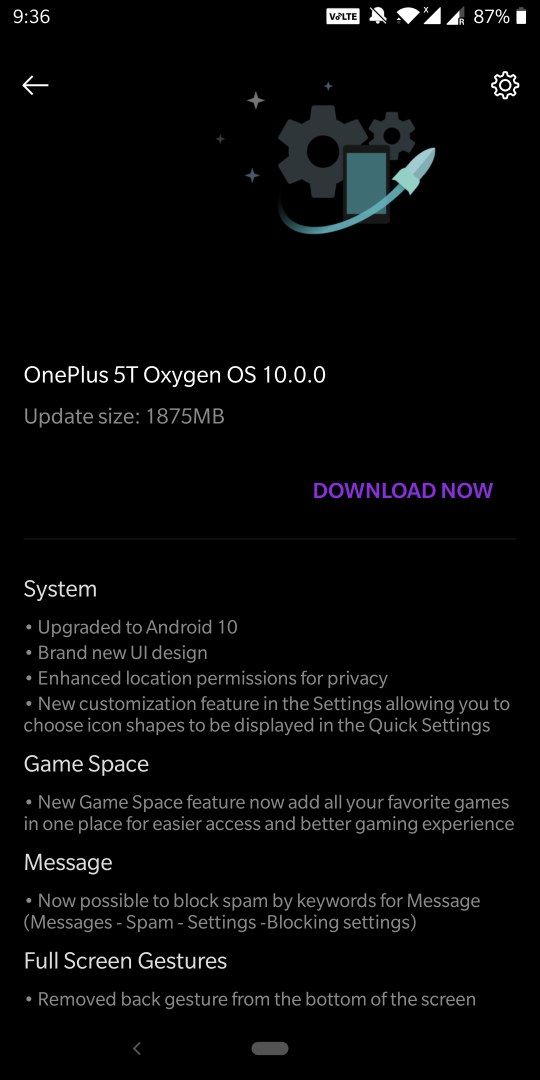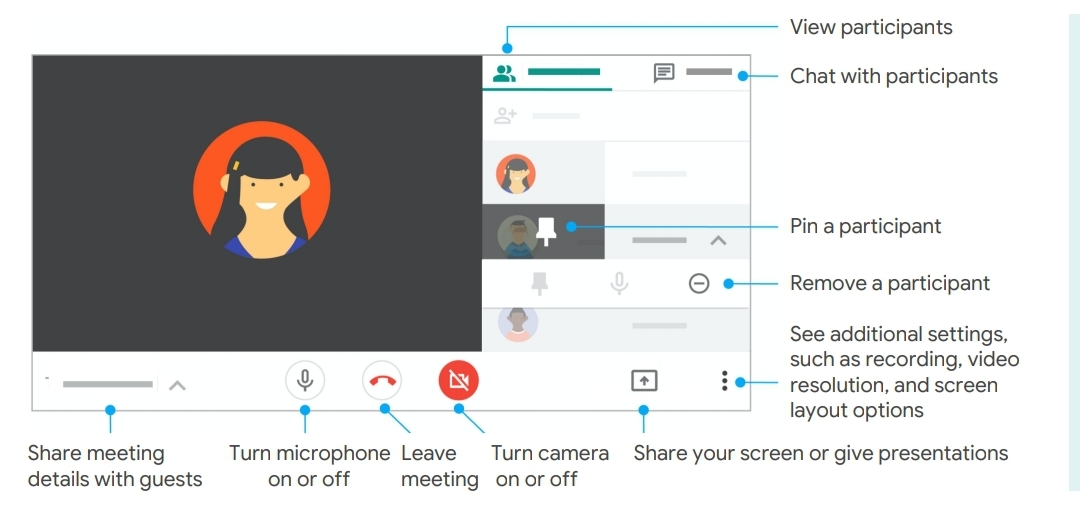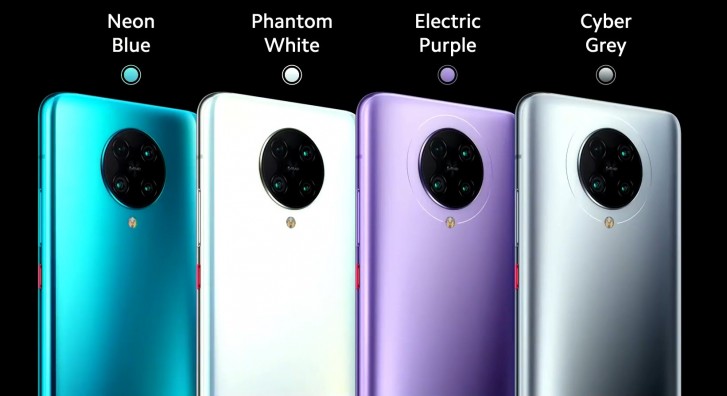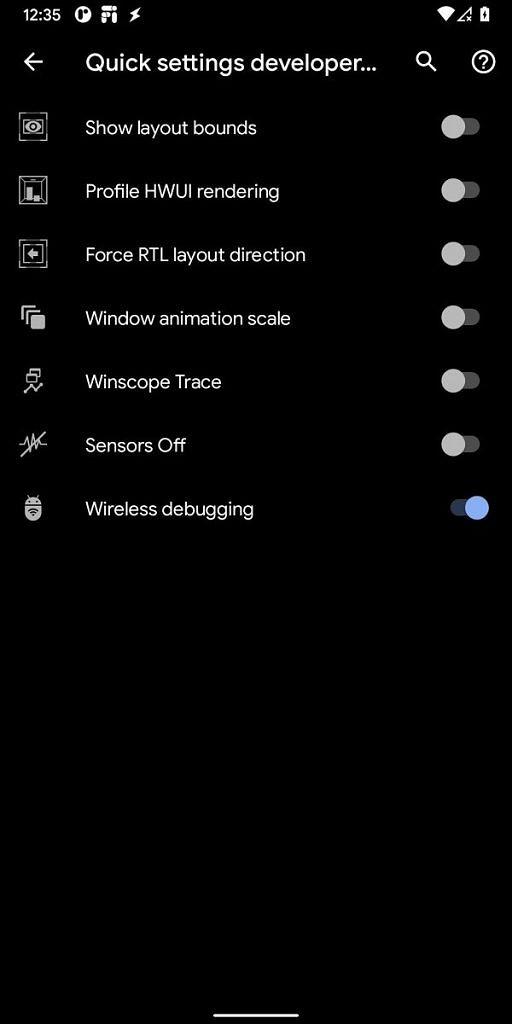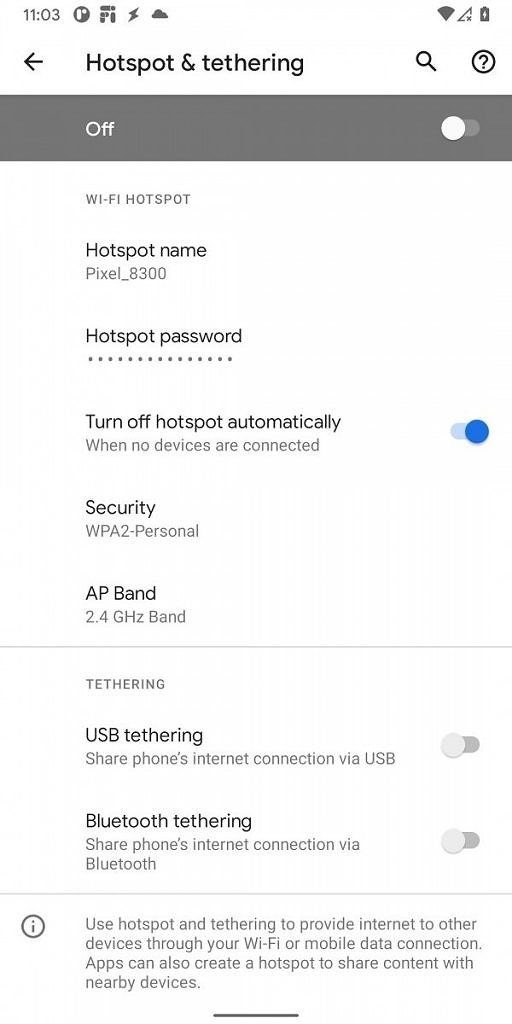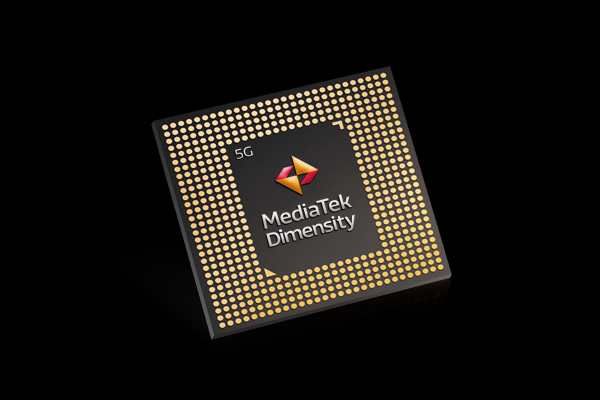As per the research firm Strategy Analytics, Samsung Galaxy A51 (4G) was the world’s highest-selling Android smartphone in the first quarter of 2020. Especially in the region such as India the device had showcased incredible performance in terms of sale. As a follow up to the device’s popularity and to keep the hype revolving around the device intact, Samsung has launched a beefed-up variant with monstrous 8GB RAM in India.
Must See: Samsung Galaxy A51 start receiving One UI 2.1 and April 2020 Security patch update
The Galaxy A51 8/128GB variant is priced at INR. 27,999($370), which is around INR. 2,500 more than the 6/128GB variant. The pricing is not bad given the device packs features and flaunts modern design which is strikingly similar to the high-end flagships from Samsung such as Galaxy Note 10/S10.
Apart from the increase in RAM, the new variant of Galaxy A51 offers nothing new but all those goodies which we already know. It’s a device with 6.5-inch AMOLED display, 4,000mAh battery, and the Exynos 9611 AI chipset. A quad-camera setup comprising of 48MP, 12MP ultra-wide, as well as two more 5MP sensors, fine-tuned for depth-sensing and macro photography, resides at its back in a rectangular cut-out.
As of its availability, the Galaxy A51 8GB will be sold both offline and online platforms such as Flipkart. Potential consumers can choose from three colours: Prism Crush White, Prism Crush Black, and Prism Crush Blue.
Also Read: Samsung Galaxy Note 9 May Security Patch
Galaxy A51 8GB RAM variant launched in India






 7:28 PM
7:28 PM
 Simranpal SIngh
Simranpal SIngh

